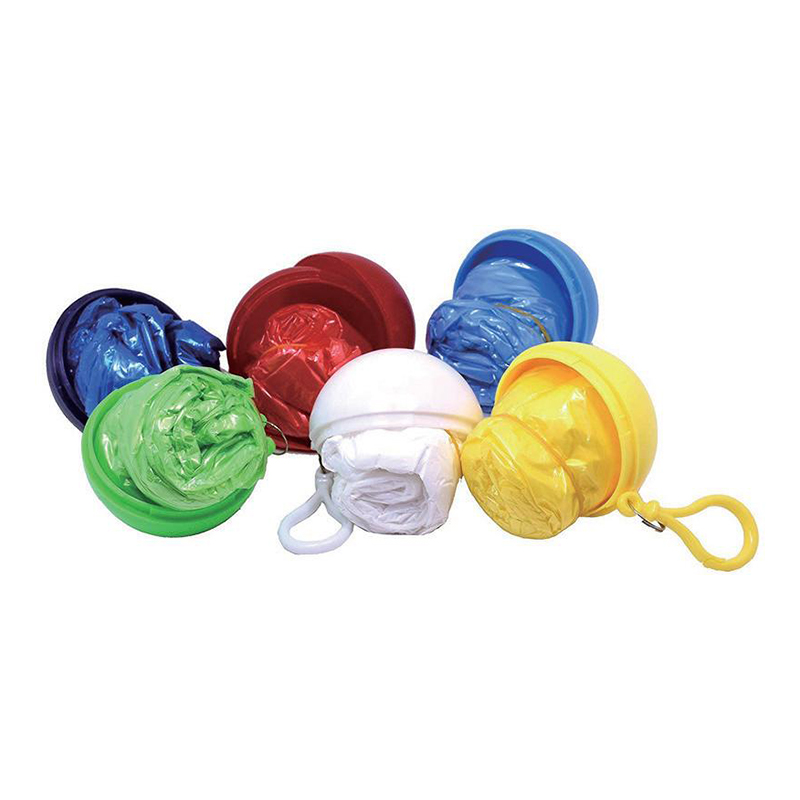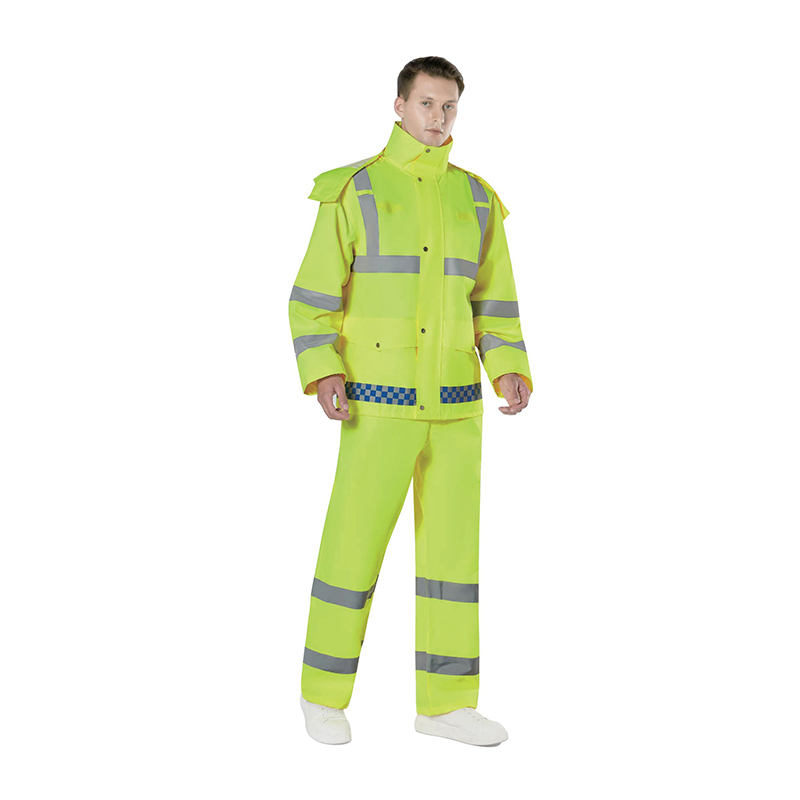In high-risk industries such as construction, manufacturing, transportation, and mining, worker safety is always a top priority. One of the simplest yet most effective safety measures implemented across these sectors is the use of industrial safety vests. These high-visibility garments play a critical role in reducing accidents and ensuring that workers are seen in potentially dangerous environments, where visibility can often be compromised.
Content
The Role of Industrial Safety Vests in Worker Visibility
In industrial environments, visibility is one of the most important factors in preventing accidents. Workers in construction zones, roadways, warehouses, and heavy machinery environments often operate in conditions where they are at risk of being struck by vehicles, equipment, or moving machinery. According to the Occupational Safety and Health Administration (OSHA), one of the most common causes of workplace fatalities in construction is being struck by objects or vehicles. Industrial safety vests, designed with high-visibility materials, are a simple yet highly effective solution to these risks.
Enhanced Visibility in Low-Light or Hazardous Conditions
Industrial safety vests are typically made from fluorescent yellow, orange, or lime green fabrics, often with reflective strips to increase visibility in low-light or nighttime conditions. The combination of bright colors and reflective tape ensures that workers can be easily seen by others, even in dimly lit or high-traffic areas. For example, in road construction, workers wearing these vests stand out against the roadways, making it easier for drivers and equipment operators to spot them.
At night or during early morning shifts, reflective stripes or tape on safety vests enhance the contrast of the worker's presence against the environment, making them visible from a distance even in low-visibility conditions like fog or rain. This significantly reduces the risk of accidents involving machinery, vehicles, or other moving parts.
Improved Safety on Construction and Manufacturing Sites
Construction sites, in particular, are teeming with high-powered machinery, vehicles, and tools, where workers are often positioned in close proximity to moving equipment. Industrial safety vests are critical in these environments to ensure that workers are visible to operators of cranes, forklifts, bulldozers, and other heavy equipment. Without such visibility, the risk of accidents, such as workers being accidentally struck by vehicles or machinery, would increase significantly.
In warehouses, factories, and other manufacturing plants, safety vests help to avoid collisions between workers and forklifts or automated machines, reducing the likelihood of workplace injuries.
Compliance with Safety Regulations
Most high-risk industries are governed by strict safety regulations that require employers to ensure the safety of their workers. Industrial safety vests are often a mandatory requirement under regulations set by occupational health and safety bodies like OSHA and the American National Standards Institute (ANSI). These regulations mandate that workers in certain environments, such as road construction zones or on airport tarmacs, must wear high-visibility clothing.
OSHA Standards for High-Visibility Apparel
OSHA regulations, specifically 29 CFR 1926.651 for construction and 29 CFR 1910.132 for general industry, require workers to wear high-visibility garments, including safety vests, in areas where there is a high risk of being struck by vehicles or equipment. These regulations specify the type and class of high-visibility clothing that must be worn based on the level of risk in the environment.
- Class 1: Low-risk environments where workers are not exposed to traffic.
- Class 2: Moderate-risk environments where workers are exposed to traffic at speeds below 50 mph.
- Class 3: High-risk environments where workers are exposed to high-speed traffic or heavy machinery.
These compliance standards ensure that workers are appropriately protected in environments where the risk of being hit by a moving vehicle or machine is high. Non-compliance can result in fines and, more importantly, preventable accidents.
ANSI Standards for Reflective Garments
The ANSI/ISEA 107 standard outlines the criteria for high-visibility garments, specifying the required visibility features of safety vests. Vests that meet these standards have reflective strips that ensure visibility up to 1,000 feet, even in low-light conditions. Workers who wear ANSI-compliant safety vests are much more visible to drivers and operators of moving machinery, even at great distances.
Modern Design Features Enhancing Protection
While visibility is the primary function of industrial safety vests, modern designs incorporate additional features that further enhance worker safety. These features provide better comfort, durability, and protection, which can directly contribute to reducing accidents.
Breathable and Comfortable Fabrics
One challenge with safety vests in industrial settings is the potential for heat stress, especially when working outdoors in hot climates. Many modern industrial safety vests are made from lightweight, breathable materials that allow airflow and reduce the buildup of heat. This ensures that workers remain comfortable and can stay focused on their tasks without being distracted by discomfort or fatigue.
Vests with mesh panels or moisture-wicking fabrics are designed to keep workers cool, which in turn reduces the risk of heat exhaustion or heat-related accidents. Comfort directly contributes to reducing accidents caused by distraction or fatigue.
Pockets and Tool Loops for Efficiency
Many safety vests now feature built-in pockets, tool loops, and ID badge holders. These additional features are especially useful for workers who need to carry tools or supplies on the job. By providing a convenient way to store tools or documents, these safety vests allow workers to be more efficient and less distracted, which ultimately helps reduce the risk of accidents.
Durability and Long-Lasting Protection
High-quality safety vests are built to last, with reinforced stitching, rugged fabrics, and reinforced reflective tapes that stand up to the wear and tear of harsh industrial environments. The durability of these vests ensures that workers remain protected over the long term, reducing the need for frequent replacements and maintaining a consistently high level of safety.
Weather-Resistant Options
For workers in outdoor environments or those exposed to harsh weather conditions, industrial safety vests are available with additional weather-resistant features. Some vests come with water-resistant fabrics, windproof coatings, or even insulated linings to protect workers in all seasons. These vests help maintain worker safety and comfort even in rain, snow, or extreme temperatures.
How Industrial Safety Vests Reduce Workplace Accidents
The use of industrial safety vests directly correlates with a reduction in workplace accidents. Here’s how:
- Increased Visibility: Workers wearing high-visibility vests are less likely to be overlooked by operators of vehicles and machinery, reducing the chance of accidents caused by poor visibility.
- Enhanced Focus: When workers feel visible and protected, they are more likely to stay focused on their tasks, reducing errors caused by distractions or discomfort.
- Reduced Worker Fatigue: Comfortable and breathable vests help prevent heat stress, allowing workers to perform at their best without the risk of physical strain or fatigue.
- Compliance with Safety Regulations: Adhering to industry regulations regarding high-visibility clothing helps prevent legal issues and ensures a safer working environment overall.









